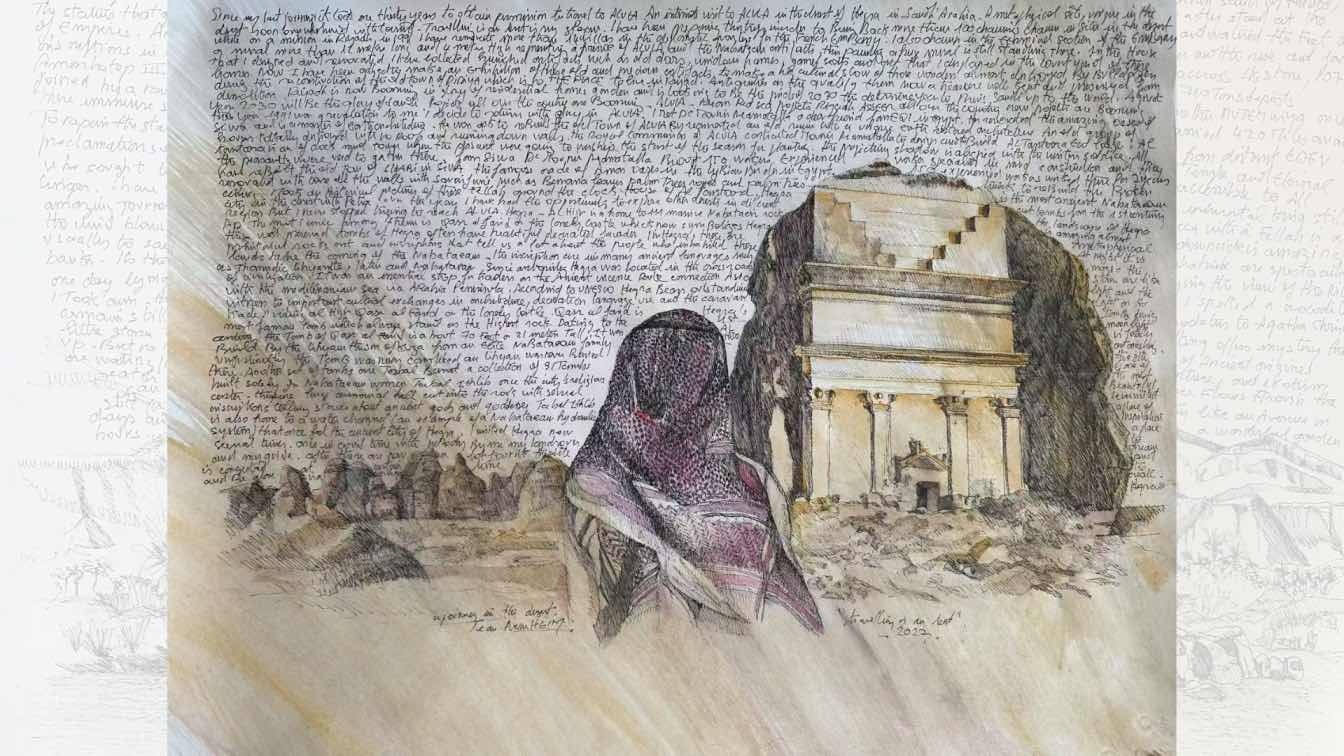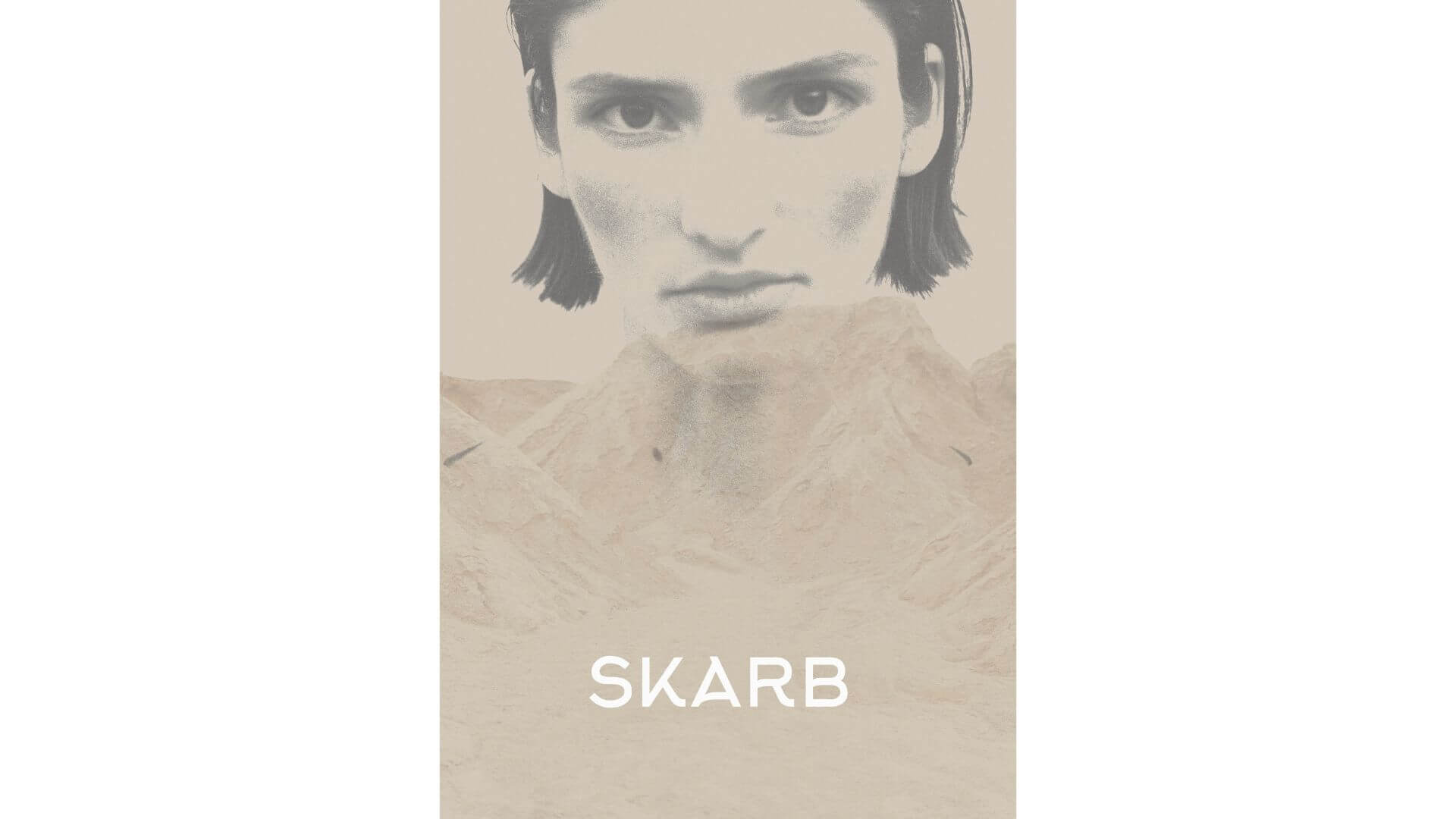Hegra (Mada’in Salih) – Ancient Nabataean city, Saudi Arabia, Al-’Ula, is located in Saudi Arabia next to Medina Province. I is Second largest city after Petra, in Jordan southernmost Nabataean site, archaeological remains, historical significance.The site has well-preserved monumental tombs with decorated facades from the 1st century BC to the 1st century AD. It also contains around 50 pre-Nabataean inscriptions and cave drawings, offering a unique insight into Nabataean civilization.

In Saudi Arabia, the Hegra site in AlUla is home to its most impressive tomb, Mada’in Salih. With 111 monumental tombs—94 of them decorated—and a network of water wells, it showcases the Nabataeans’ advanced architectural and hydraulic skills. As the largest Nabataean site in the southern region of their empire, Al-Hijr stands as a remarkably well-preserved archaeological treasure. Its tombs and monuments, intricately carved into sandstone, reflect the artistic and engineering mastery of this ancient civilization.

The Khazneh, also called the “Pharaoh’s Treasury” or Khasneh, is one of the most famous landmarks in Petra, Jordan. This impressive Nabataean rock-cut tomb features a grand sandstone façade and is a major tourist attraction.Built around the 1st century BC, its design was influenced by Alexandrian architecture, similar to decorations in Pompeii villas. It is believed to be the tomb of a Nabataean ruler, likely King Aretas IV, who died in 40 AD.

Meroë, an ancient city in Nubia and the capital of the Kingdom of Kush, was a key center during the Meroitic era. It is famous for its steep pyramids and well-preserved tombs more than 200 pyramids are located in the same area , showing the wealth and skill of the Kushite civilization. A major archaeological site, Meroë has been a UNESCO World Heritage Site since 2003, recognizing its importance in African history and its connections with Pharaonic Egypt and sub- Saharan Africa.

The Temple of Kom Ombo , name The crocodile Temple was built between 180 and 47 BC buit by Pholemy VI , with some additions made during the Roman period. Its unique design features two identical sections, each with its own entrances, halls, courtyards, and sanctuaries, dedicated to two gods: Sobek, the crocodile-headed god of fertility and creation, and Horus, the falcon- headed god of royalty, hunting, and war, the son of Isis and Osiris.The temple stands on a rocky promontory along a bend of the Nile, about 40 km north of Aswan.

A sadhu is a Hindu ascetic in India who renounces society to seek moksha, or spiritual liberation. Their goal is to escape the cycle of rebirth and merge with the divine.Sadhus cut ties with their families, own little or nothing, and wear simple robes—saffron for Shaivites, yellow or white for Vaishnavites, symbolizing holiness. They live without a permanent home, traveling across India and Nepal, relying on donations from devotees for food.

The Colossi of Memnon are two massive seated statues of Pharaoh Amenhotep III, originally positioned at the entrance of his Mortuary Temple, built around 1350 B.C.These statues feature 107 Roman-era inscriptions in Greek and Latin, dating from 20 to 250 A.D. Many inscriptions on the northern statue mistakenly link it to the Greek mythological figure Memnon.The statues also depict Amenhotep III’s Great Royal Wife, Tiye, and his mother, Mutemwiya, shown in smaller size beside his legs, wearing royal attire. The Nile god Hapi appears on the sides of the throne. Positioned facing east toward the Nile, the statues originally served as guardians of the king’s memorial temple.

Monastery of Rumtek in Sikkim : The Rumtek Dharma Chakra Centre, the largest monastery in Sikkim, stands 5,500 feet above sea level on a hill overlooking Gangtok. Adorned with the vibrant colors of sacred art, the monastery is surrounded by monks’ quarters many time a day they pray , the red hats monks are settled there , which enclose a spacious stone courtyard. This courtyard serves as the stage for ritual lama dances, performed to mark important dates in the Tibetan Buddhist calendar.umtek temple in Sikkim.

About Jean-Pierre Heim
Jean-Pierre HEIM is the founder of Jean-Pierre HEIM and Associates, with offices in New York, Paris, Athens, and Shanghai. His diverse portfolio includes luxury hotels, restaurants, commercial centers, resorts, private residences, and yachts worldwide. His travels pictures have been collected by UNESCO, the Musée de l’Homme in Paris, and the Centre Pompidou, and he has lectured at the Alexandria Library. Heim has collaborated with esteemed clients such as Van Cleef & Arpels, Baccarat, and Club Med, and designed renowned venues including The Capitol Music Theater in Frankfurt Offenbach and the Shanghai Yacht Club. He has also contributed to conceptual projects like the Delos Museum in Greece and the concept of Notre-Dame roof and spire redesign in Paris. A graduate of the École des Beaux-Arts in Paris, he also studied at the University of Illinois. He has been honored as a Chevalier de l’Ordre National du Mérite and is a member of The Explorers Club, the Monaco Yacht Club, and the Société de Géographie in Paris. He co-founded The French Will Never Forget, strengthening French-American ties.

About Didier Aaron Inc.
Founded in 1923, Didier Aaron Inc. is a distinguished gallery with locations in Paris, New York, and London, specialized in fine art, particularly paintings and drawings. Under the direction of Hervé Aaron, former head of the Syndicat des Antiquaires and of the Salon du Dessin in Paris, the gallery has placed major works in institutions such as The Metropolitan Museum of Art, the J. Paul Getty Museum, and the Louvre. The gallery’s focus on exceptional draftsmanship aligns with Heim’s classical influences, continuing its tradition of showcasing artists working in historical techniques, such as Victor Koulbak’s silverpoint drawings on handmade paper.





